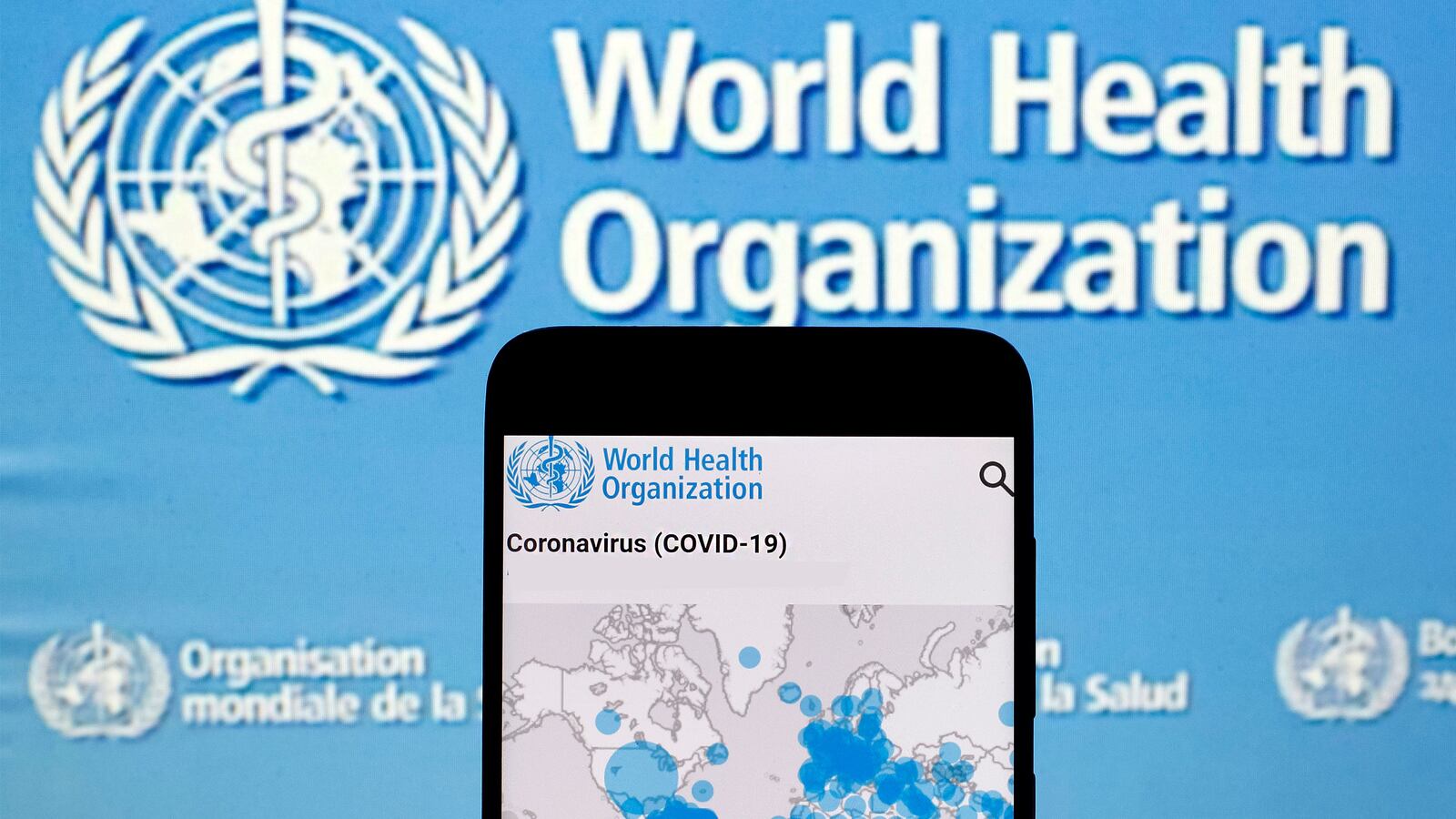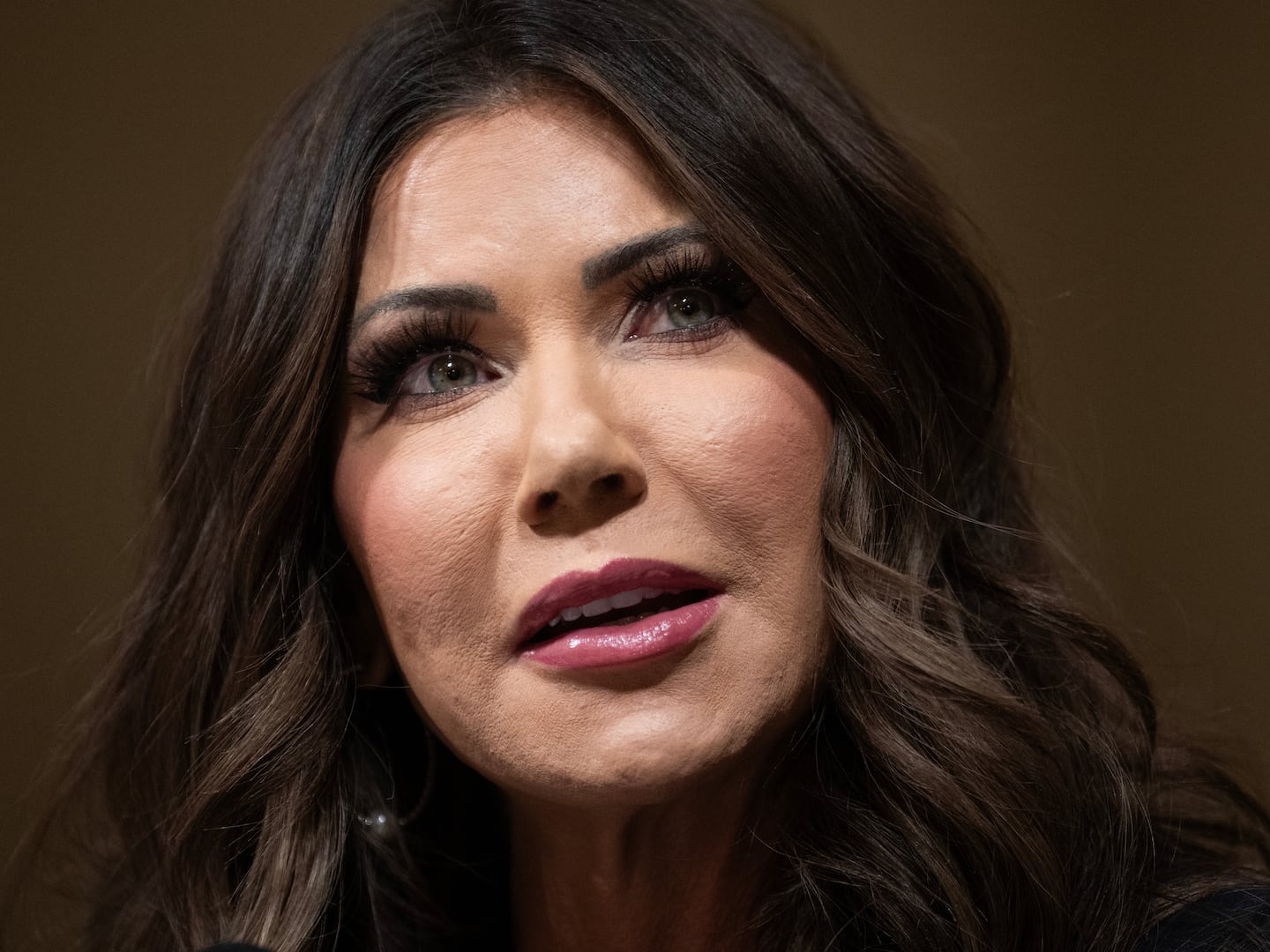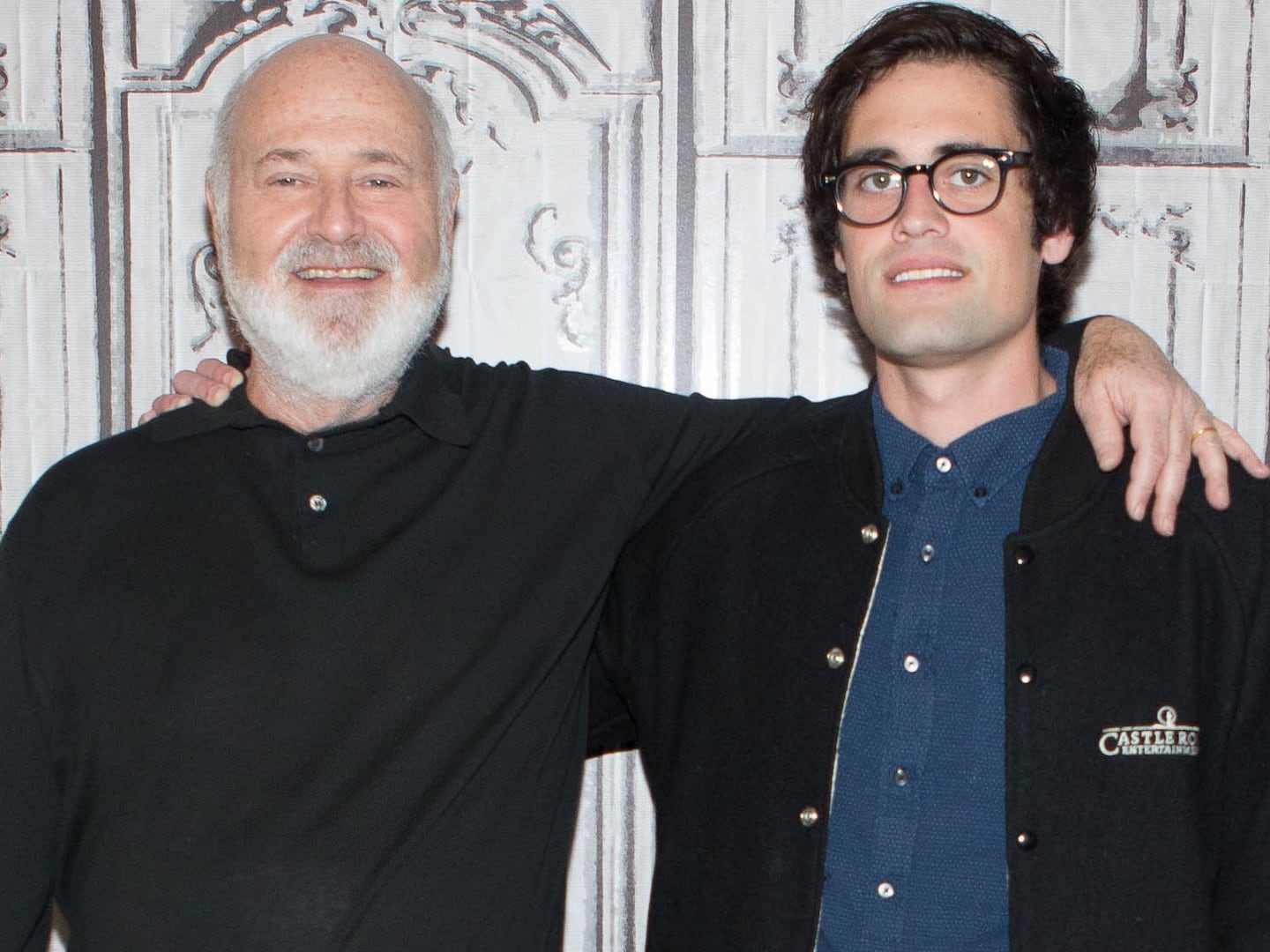Within 24 hours the World Health Organization made and then pulled back a critically important statement regarding the transmissibility of SARS-CoV-2, the virus responsible for the COVID-19 global pandemic. According to Dr. Maria Van Kerkhove, the WHO’s leading scientific voice on COVID-19, “We have a number of reports from countries who are doing very detailed contact tracing. They’re following asymptomatic cases, they’re following contacts and they’re not finding secondary transmission onward. It is very rare.”
The next day, Van Kerkhove walked back her statement that had generated headlines around the world, saying that in fact asymptomatic transmissions “is a major unknown.”
Van Kerkhove explained that she’d based her original breathless pronouncement on data that came from several unnamed countries and “two or three studies” that, as far we know, were not actually peer reviewed or published. Make no mistake, this is anything but a minor slip-up or inconsequential musing from the world’s most important disease and pandemic fighting agency.
This was an entirely inappropriate statement, made from a world stage, that added a little more chaos and confusion to our understanding of the dynamics of COVID-19, how it is transmitted and what strategies will be needed to control it until we have an effective and safe vaccine. It would be impossible to overstate what a difference it would make if we knew there actually was only rare transmission of the virus from truly asymptomatic but virus-infected people.
A few points worth making here, starting with what it actually means to be infected but without symptoms. There are certainly people who may carry SARS-CoV-2, but do not have and may never get symptoms. We don’t yet know for certain whether such individuals may transmit the disease to, say, a highly vulnerable older person with high-risk medical conditions or somebody of any age who may have a compromised immune system, unable to fight off the more serious consequences of COVID-19.
Secondly, there is a difference between asymptomatic and pre-symptomatic—a critical distinction. We already know that people are able to transmit the disease at least a few days before symptoms actually appear. This does not seem to have been sorted out sufficiently in whatever studies Van Kerkhove was citing in her first pronouncement.
Finally, many people with COVID-19 have extremely minor symptoms, like a scratchy throat, slight dry cough and very low-grade fever—precisely the kind of “nothing” symptoms that most of us would ignore and just proceed with our day’s activities. These folks seemed to be mixed in with the so-called truly asymptomatic.
Van Kerkhove’s initial statement was irresponsible and presented without sufficient evidence or research—particularly egregious in an environment where Donald Trump, clearly the most anti-science president in the modern age, has taken to wild accusations about the agency, blaming them for his own monumental incompetence in managing the pandemic,
Let’s understand this: The WHO may be flawed, (as is, say our own Centers for Disease Control and Prevention), but there is no other global pandemic-fighting agency remotely capable of replacing the capacity or commitment of this storied agency. To make matters worse, as Trump blusters and threatens to cut our more than $400 million annual WHO funding, China has offered to step with increased donations to the organization, boosting its own influence on global health policies and, in the process, endearing itself to many other nations across the world.
Did WHO make a real mistake in the original, unverifiable statement regarding “rare” transmission of the virus by “asymptomatic” carriers? Did it have to embarrassingly retract the statement, adding more confusion to the data chaos already out there regarding the lethal pandemic? Yes and yes.
This was far from the WHO’s finest hour. But that said, we need the WHO and it is by and large doing what it needs to do, which is work no other body is set up to do, and it will be a major asset to ultimately controlling the pandemic. It is the agency that will help foster needed international collaborative research, provide field work to improve contact tracing, assist the most economically fragile nations in managing the crisis and, ultimately help to distribute medications and vaccines when these ultimate cures finally become available.
Let’s move on.







